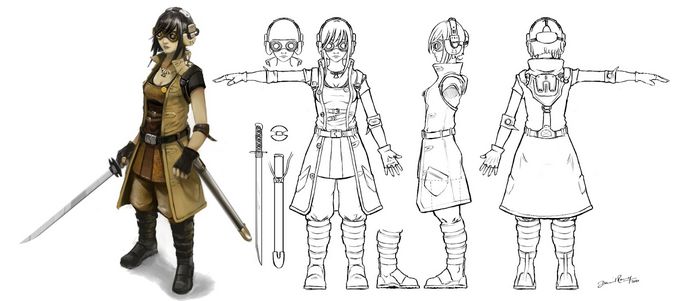
In the fast-paced world of gaming, capturing and retaining a player’s attention is key to a successful gaming experience. Game developers are constantly exploring new ways to guide players’ attention and create immersive environments that keep players engaged. One technique that has proven to be particularly effective in achieving this goal is through the use of light.
Light plays a crucial role in setting the mood, defining the atmosphere, and drawing players’ attention to important elements within a game. By strategically using light, game developers can direct players’ focus, guide them through the game world, and enhance the overall gaming experience.
One way in which light guides player attention is through its ability to create contrast. By varying the intensity, color, and direction of light in different areas of the game, developers can draw players’ attention to specific objects or areas. For example, a bright light shining on a key item or doorway can indicate its importance and encourage players to interact with it. On the other hand, dimly lit areas or shadows can create a sense of mystery and intrigue, prompting players to explore further.
Light can also be used to highlight pathways, obstacles, or enemies within the game world. By illuminating critical elements with a spotlight or subtle glow, developers can help players navigate through levels and complete objectives more effectively. In dark or complex environments, light can act as a visual aid, guiding players to their next destination or alerting them to potential dangers ahead.

Moreover, light can be used to create a sense of depth and perspective within a game. By casting shadows, adding reflections, or adjusting the brightness of distant objects, developers can give players a more realistic and immersive experience. This not only enhances the visual aesthetics of the game but also helps players better understand the spatial layout of the environment and make informed decisions as they progress through the game.
In addition to its practical functions, light can also be leveraged to evoke emotional responses from players. The use of warm, soft light can create a sense of comfort and tranquility, while cold, harsh light can instill a feeling of tension or suspense. By manipulating the color temperature, intensity, and movement of light, developers can effectively convey different moods and narratives within the game, enhancing the storytelling experience and immersing players in the game world.
From a technical standpoint, the implementation of lighting effects in games has evolved significantly over the years. With advancements vps minecraft server in graphics technology and hardware capabilities, developers now have access to a wide range of lighting tools and techniques to create stunning visual effects. Real-time global illumination, dynamic shadows, volumetric lighting, and screen space reflections are just a few examples of the sophisticated lighting features that can be incorporated into modern games to enhance realism and immersion.
Furthermore, the use of lighting in games is not limited to just visual effects. Audio cues can also be synchronized with lighting changes to further enhance player engagement. For example, a sudden burst of light accompanied by a loud noise can create a dramatic moment that captures the player’s attention and triggers a sense of urgency or excitement. By combining visual and auditory stimuli, developers can create a multi-sensory experience that immerses players in the game world and keeps them fully engaged.
In conclusion, light is a powerful tool that game developers can use to guide player attention, create immersive environments, evoke emotions, and enhance the overall gaming experience. By understanding the principles of lighting design and leveraging advanced technologies, developers can craft visually stunning and engaging games that captivate players and leave a lasting impression. As the gaming industry continues to evolve, the role of light in shaping player experiences will undoubtedly become even more significant, as developers push the boundaries of creativity and innovation to create truly unforgettable gaming experiences.

